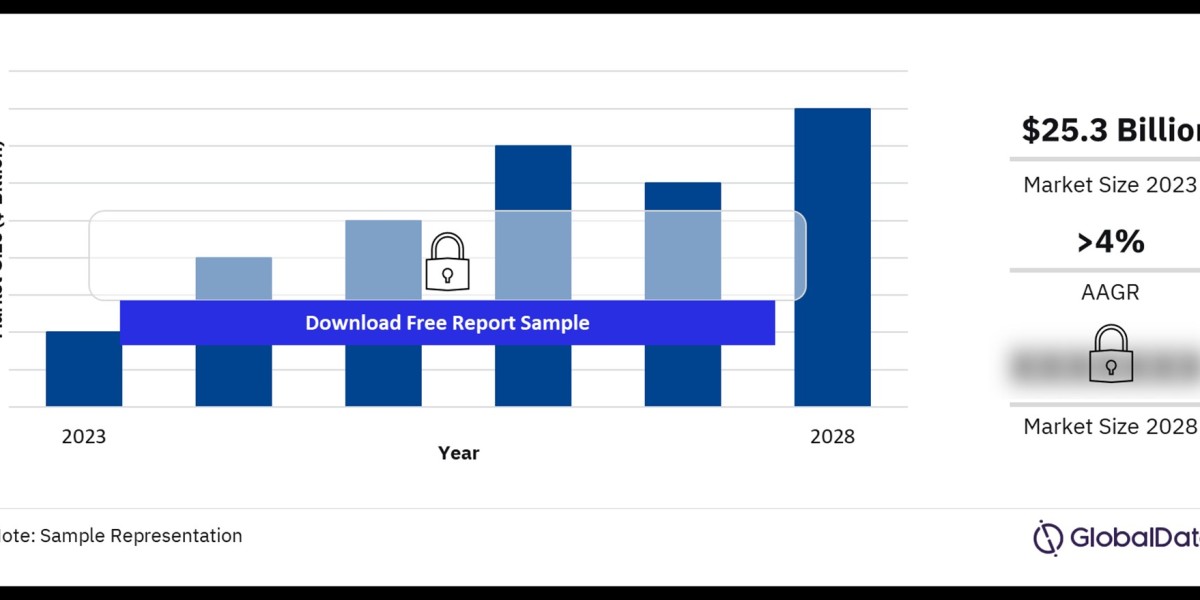Thailand's construction market is a dynamic and rapidly growing sector, playing a crucial role in the country's economic development. With a strong focus on infrastructure development, residential and commercial projects, and government initiatives, the market has seen significant expansion over the past decade. This article provides an in-depth analysis of the current state, key drivers, challenges, and future prospects of Thailand's construction market.
Market Size and Growth
The construction market in Thailand has experienced robust growth, driven by both public and private sector investments. According to industry reports, the market was valued at approximately USD 40 billion in 2023 and is projected to grow at a compound annual growth rate (CAGR) of around 6% over the next five years. This growth is attributed to several factors, including increased urbanization, government infrastructure projects, and foreign direct investments (FDIs).
Key Drivers
- Government Initiatives and Policies: The Thai government has implemented various policies and infrastructure development plans to boost the construction sector. Major projects such as the Eastern Economic Corridor (EEC), high-speed rail networks, and airport expansions are significant contributors to market growth.
- Urbanization and Population Growth: Rapid urbanization and population growth in major cities like Bangkok, Chiang Mai, and Phuket have led to increased demand for residential and commercial buildings. This urban expansion necessitates the development of new housing, office spaces, and retail centers.
- Foreign Investments: Thailand's strategic location in Southeast Asia makes it an attractive destination for foreign investors. The government's pro-investment policies and the establishment of special economic zones (SEZs) have further encouraged FDIs in the construction sector.
- Tourism: Thailand's booming tourism industry continues to drive the demand for hotels, resorts, and related infrastructure. Popular tourist destinations such as Pattaya, Phuket, and Koh Samui are witnessing a surge in construction activities to accommodate the growing number of visitors.
Challenges
Despite the positive outlook, the construction market in Thailand faces several challenges:
- Regulatory Hurdles: Complex regulatory frameworks and bureaucratic procedures can slow down project approvals and implementation. Streamlining these processes is essential for sustained growth.
- Skilled Labor Shortage: The construction industry often grapples with a shortage of skilled labor, which can impact the quality and timely completion of projects. Investing in vocational training and education is crucial to address this issue.
- Environmental Concerns: Environmental sustainability is becoming increasingly important. Construction companies need to adopt green building practices and technologies to minimize their environmental footprint.
- Economic Uncertainty: Global economic fluctuations and political instability can affect investor confidence and project financing, posing risks to the construction market.
Future Prospects
The future of Thailand's construction market looks promising, with several key trends shaping its trajectory:
- Smart Cities and Technology Integration: The adoption of smart city concepts and advanced construction technologies, such as Building Information Modeling (BIM) and prefabrication, is expected to enhance efficiency and reduce costs.
- Sustainable Construction: There is a growing emphasis on sustainable construction practices. Green buildings and eco-friendly materials are becoming more popular, driven by both regulatory requirements and consumer preferences.
- Infrastructure Development: Ongoing and planned infrastructure projects, including transportation networks, energy facilities, and public utilities, will continue to drive market growth.
- Residential and Commercial Demand: The demand for residential and commercial properties is likely to remain strong, fueled by urbanization, population growth, and tourism.
Buy the Full Report to Know More about the Thailand Construction Market Forecast








